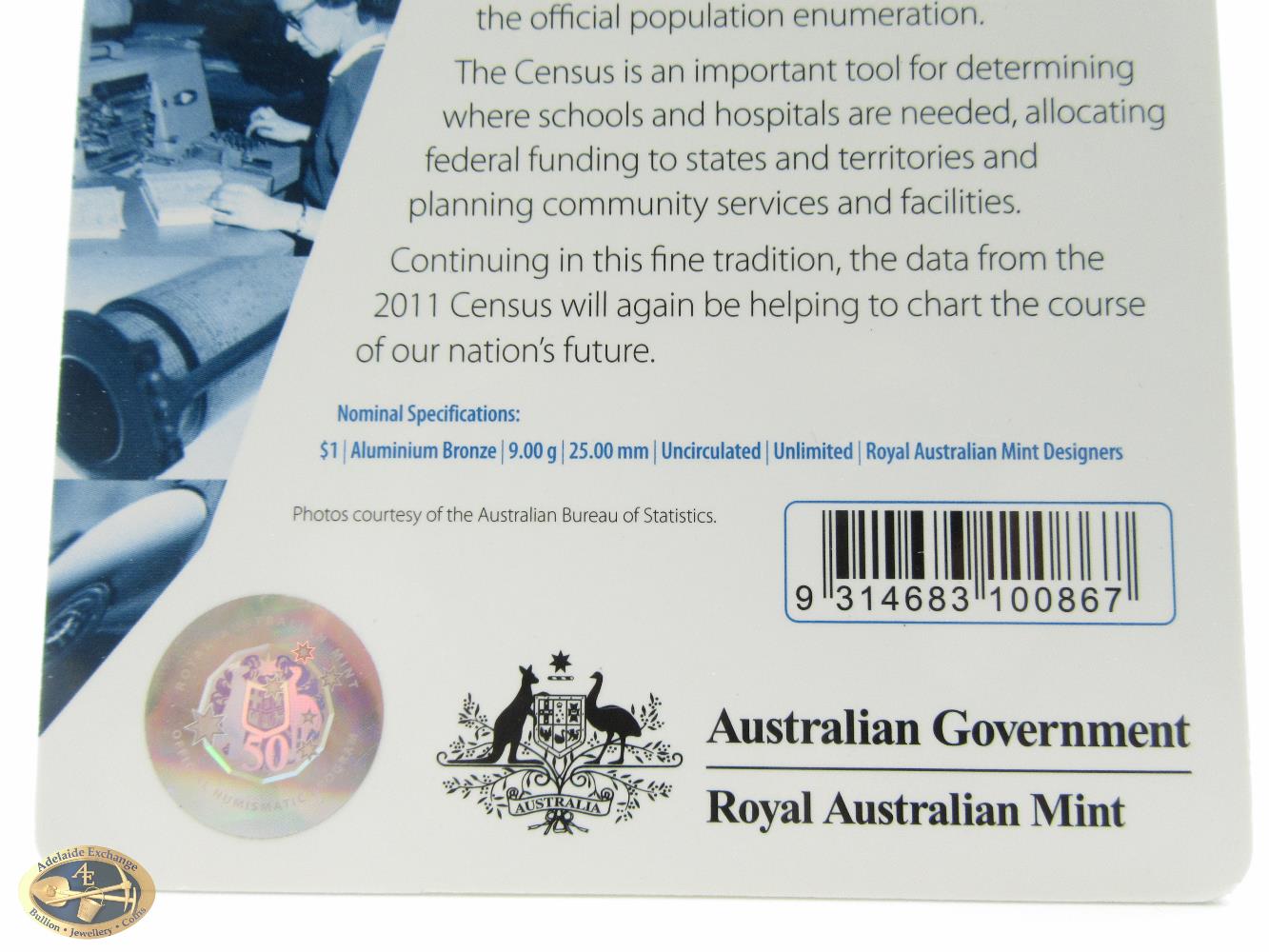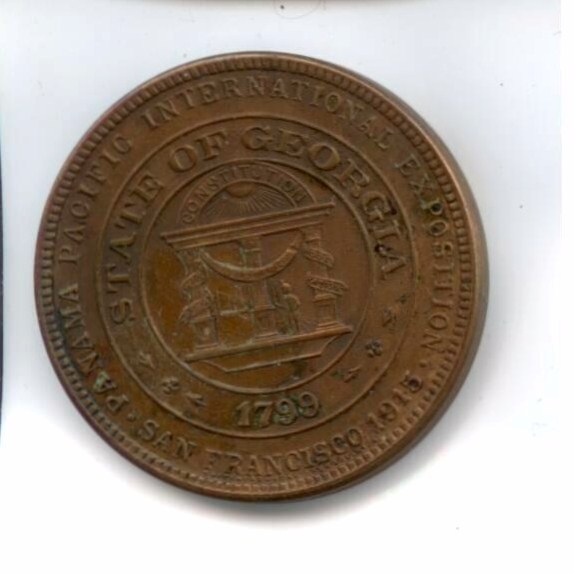
However, it wasn�t until the early nineteen-hundreds that its use became mandatory on all but the smallest coin denominations. The phrase first appeared on the two-cent coin in the mid eighteen-hundreds. Meaning �out of many, one,� e pluribus unum reflects the states� willingness to unite under a common currency - a far cry from the many years when the states routinely printed their own.Ī relative newcomer to U.S.

It was used on and off for eighty years at which time the Fourth Coinage Act made it mandatory for all coins.

Coin designers simply felt it was appropriate given that it appeared on the Great Seal of the United States. The phrase e pluribus unum began appearing on coins a few years later, but not due to an act of Congress. �On one side of each ,� reads the paragraph, �there shall be an impression emblematic of liberty, with inscription of the word �� The rule remains in effect to this day, reminding citizens of their constitutional right to �life, liberty, and property.� But it also included a single, short paragraph about inscriptions. The first Coinage Act spelled out many detailed rules for the mint - the roles of various administrators, the denominations of the coins. Paper currency wouldn�t show up for some seventy years, making its first appearance during the Civil War - a time the coins� metal was needed for the war effort. Mint was established shortly after ratification of the Constitution by the first Coinage Act. What do coins and paper currency say about a culture? For one intriguing story, we need look no further than the United States.

#Us coinage series#
The University of Houston�s College of Engineering presents this series about the machines that make our civilization run, and the people whose ingenuity created them.


 0 kommentar(er)
0 kommentar(er)
